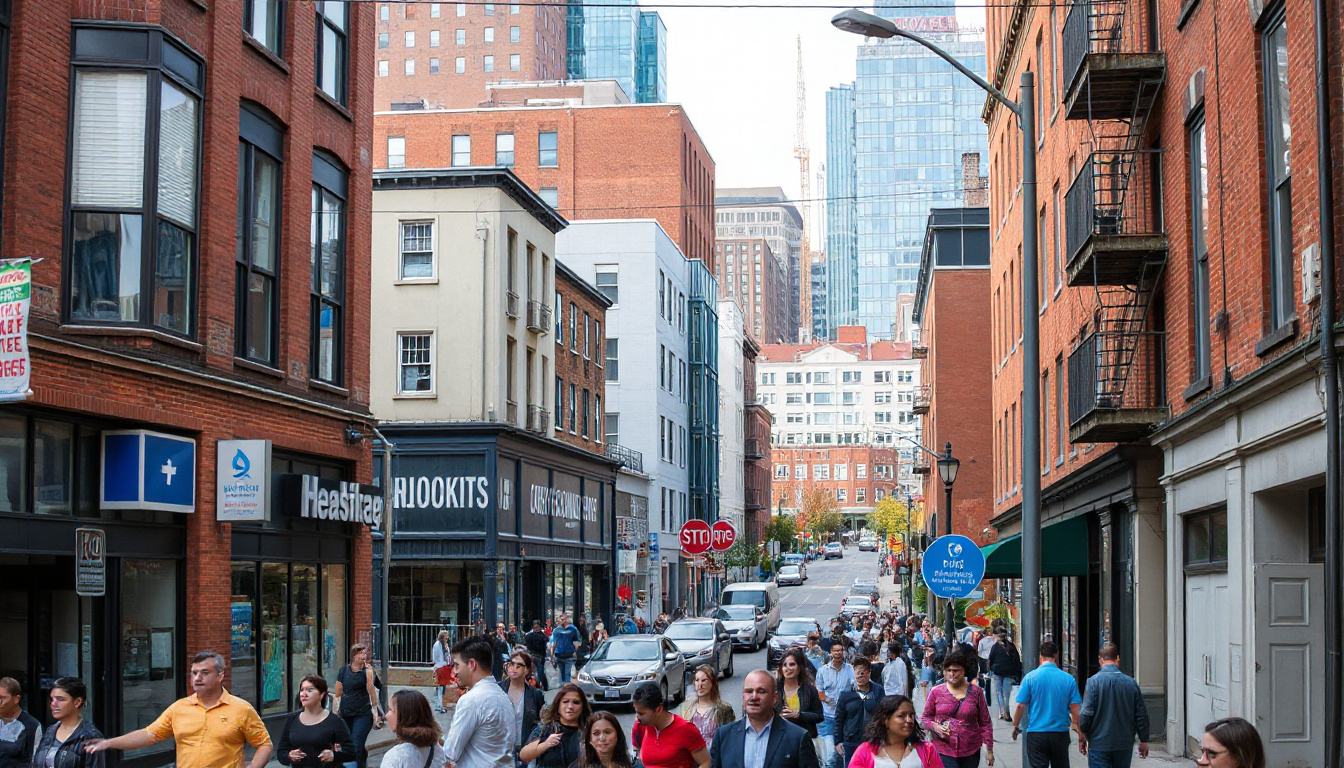The Rise of Houses in Multiple Occupation (HMOs) in Greater Manchester: A Dual Perspective
Housing demand grows. Rent costs rise. More people choose HMOs. HMOs spread in Greater Manchester. The trend shows new ways to live. The change brings questions over community and housing rules.
HMOs: A Solution to Affordability
HMOs give low-cost space. Tenants share rooms. Rent covers bills and utilities. The model helps many live well. Students, young workers, and those with small incomes join in.
For landlords, HMOs bring steady income. Rooms fill fast. This system works in a shaky rental market.
Community Concerns and Regulatory Calls
The rise of HMOs sparks unease. Neighbors see shifts. Family areas turn into short-stay spots. Residents worry about lost bonds.
Local councils in Bolton and Salford push for new rules. Data shows HMO numbers jump. Bolton moved from about 170 HMOs to over 720. A recent council meeting backed tighter control on small HMOs.
Balancing Housing Needs and Community Integrity
Officials try to strike a balance. They need affordable homes but want strong communities. In Salford, rules cap HMOs at 10 percent of nearby houses. This plan helps keep areas steady while adding homes.
In Horwich, community groups work to stop unchecked HMO growth. They argue that an excess of HMOs cuts down family homes and strains local services.
Conclusion: The Future of HMOs in Greater Manchester
HMOs in Greater Manchester show new housing paths. They help many who face high rents. At the same time, we see changes in neighborhood life. Local councils now seek balance with fresh rules. New policies may help both residents and tenants.
In short, the rise of HMOs brings both opportunities and challenges. Thoughtful talk among all partners is needed. Keeping affordable rent and strong communities remains key in Greater Manchester.



